For those unfamiliar with the Travelling Canonet project, you can read about it here. We have over 50 photographers on 4 continents taking/waiting to take part. Two Canonets are involved, each travelling in a different direction. Participants take 5 (or more) shots and send the camera on to the next person on the list. Previous pictures from the first, second and third rolls from this camera are on 35mmc. Shots from the first, second, third, fourth and fifth rolls from the other camera are also available.
This article covers the forth roll from the older of the two cameras. For this film the camera took one brief trip to Norway before heading back into the EU. This roll also took in Germany and Poland. The pictures below chart its journey. The text supplied by the photographers themselves is shown in italic type.
Bjarte
Bjarte writes: These exposures were taken in the municipality of Tysvær in Norway, a few hours drive south of my home town Bergen. I particularly like the landscape here. Open, vast. I usually scan my negatives on an Imacon, then stitch them together using Camera Raw. [Note that these shots were scanned by Matthias and I stitched them using Microsoft Image Compound Editor]
Frames 1-5 (panorama)

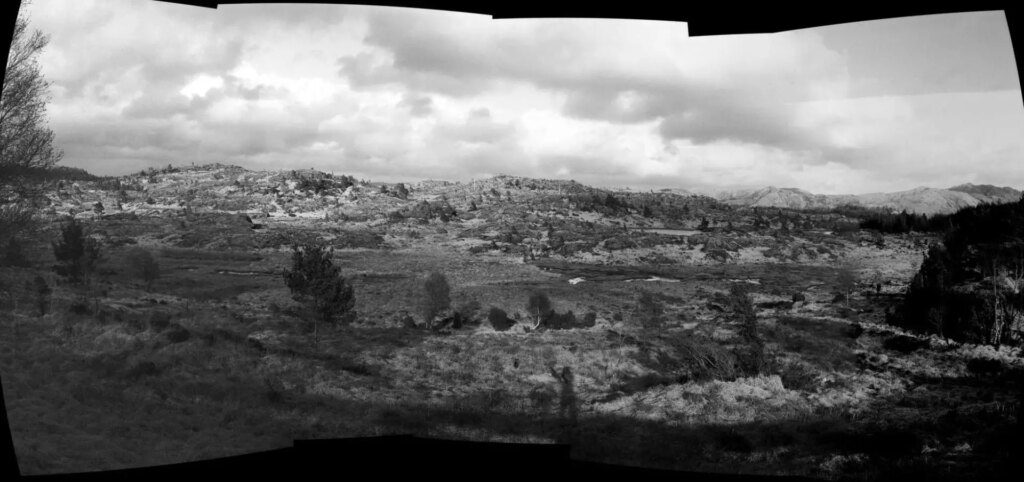
Stefan
Stefan writes: It was a nice, smooth and easy experience and I can’t recommend it enough! I am a person in an office job based in Hamburg Germany and a very irregular contributor to 35mmc. I love playing with different cameras and I enjoyed the Canonet! It has a nice heft to it, and it seemed extremely simple to use.
I am amazed by the fact that the pictures turned out the way they did. I noticed too late that the film speed for the light meter was set too high. I believe I underexposed by two to three stops. Still, one can actually see things… As for the pictures, I didn’t like the idea of just a few touristy shots. I took the Canonet out for a spin and as I walked past the Rote Flora, I had this little idea. Hamburg – as many places – has seen its share of violence. Here’s just a small random collection of places related to that.
Frames 6-10 – traces of violence
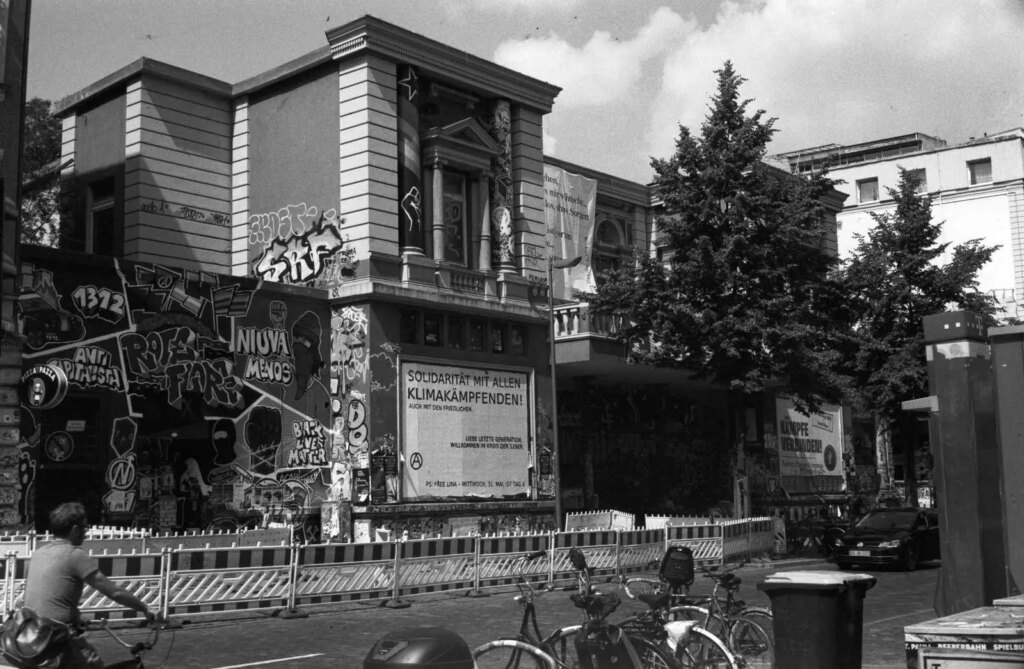
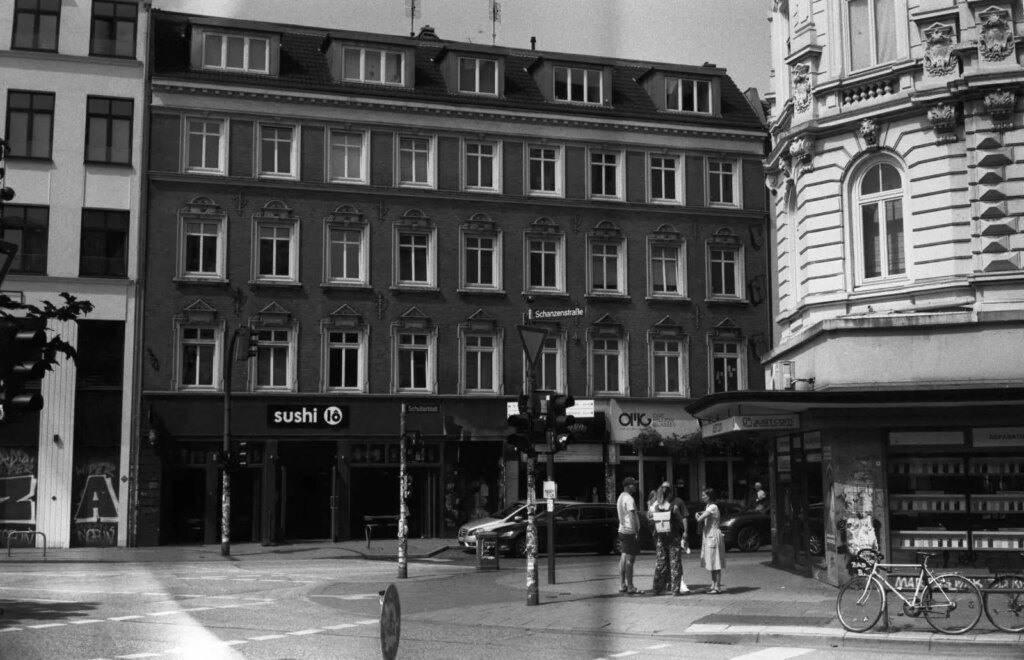
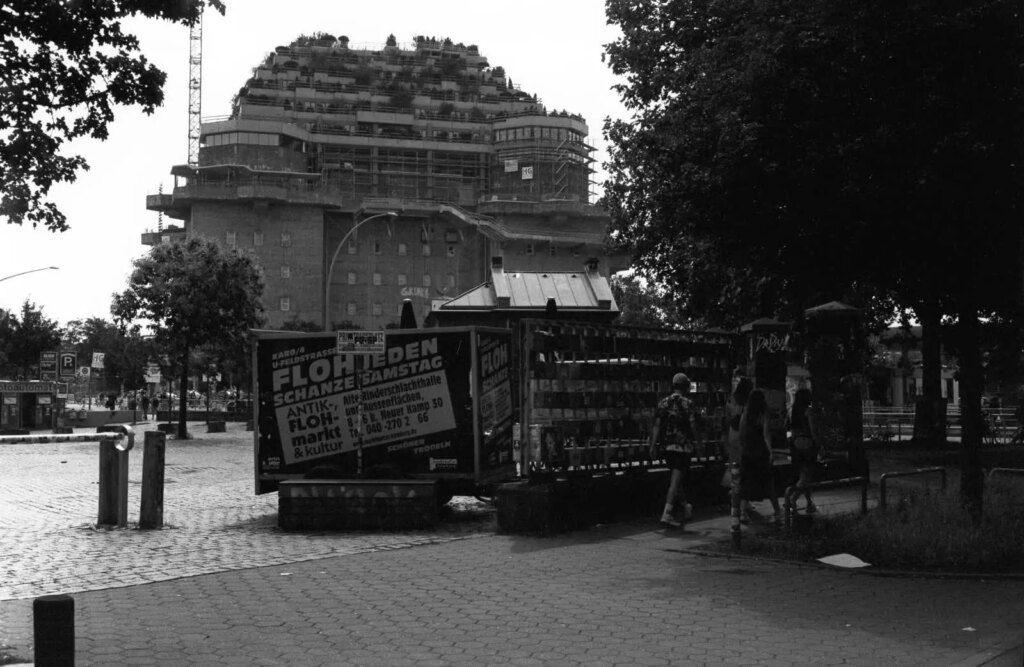
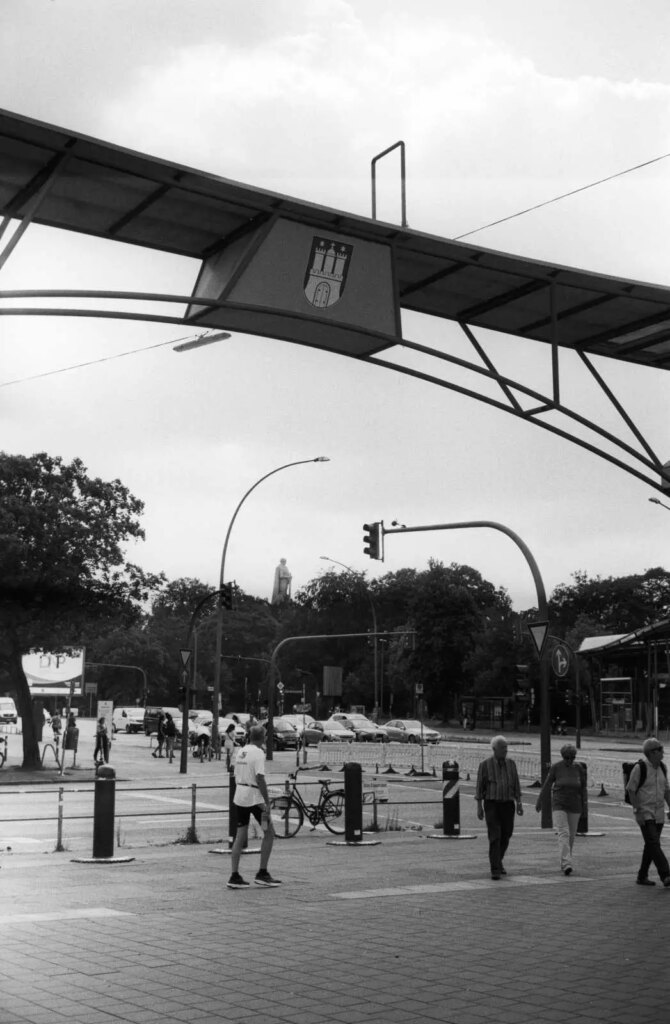
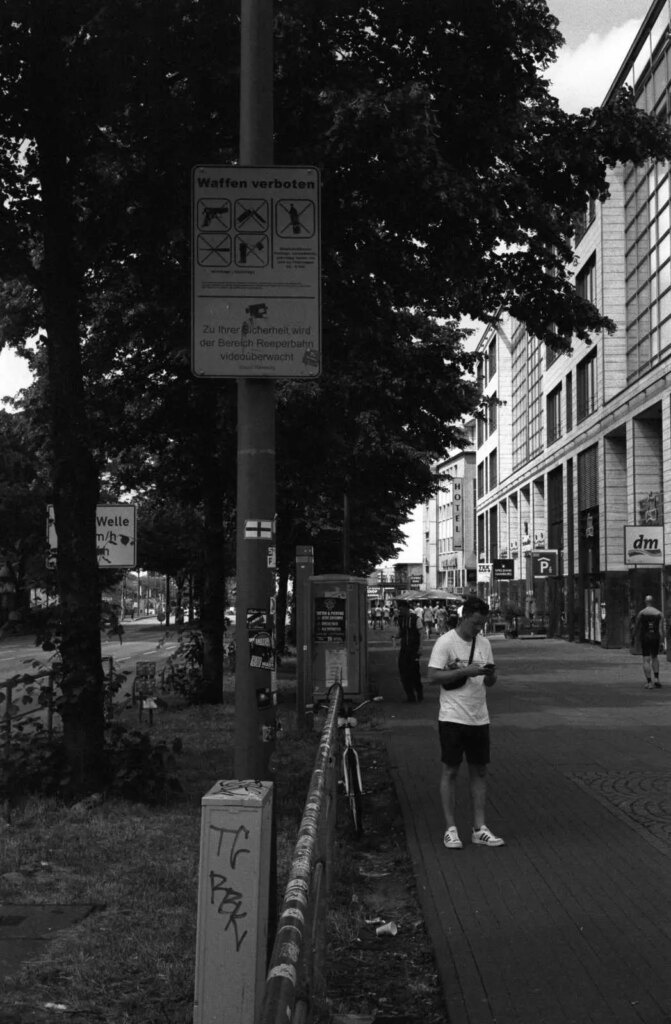
Rafal
Rafel writes: Choosing what to photograph with the Traveling Canonet was a bit of a challenge at first – I didn’t want to be too obvious with my choices. But in the end, I decided to treat the Canonet like a friend who’d come to visit my city. It is a traveller, after all. And it seemed a waste to leave out the things and places that make Krakow one of the most attractive cities in Europe (ok, so I may be biased a bit).
Adding in the factor that I didn’t know the film or the camera, I was tempted to see how some of these familiar — and arguably well-known — sites would look like through this lens. As a result, I went for “touristy” snaps. Think of them as holiday postcards, for better or worse.
Frames 12-21
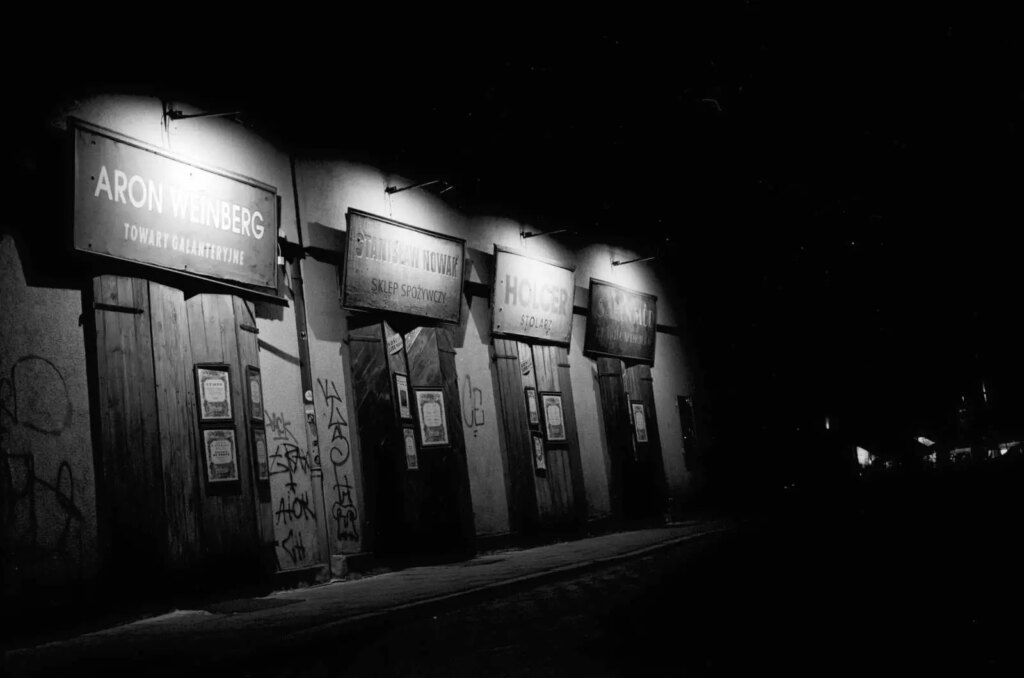
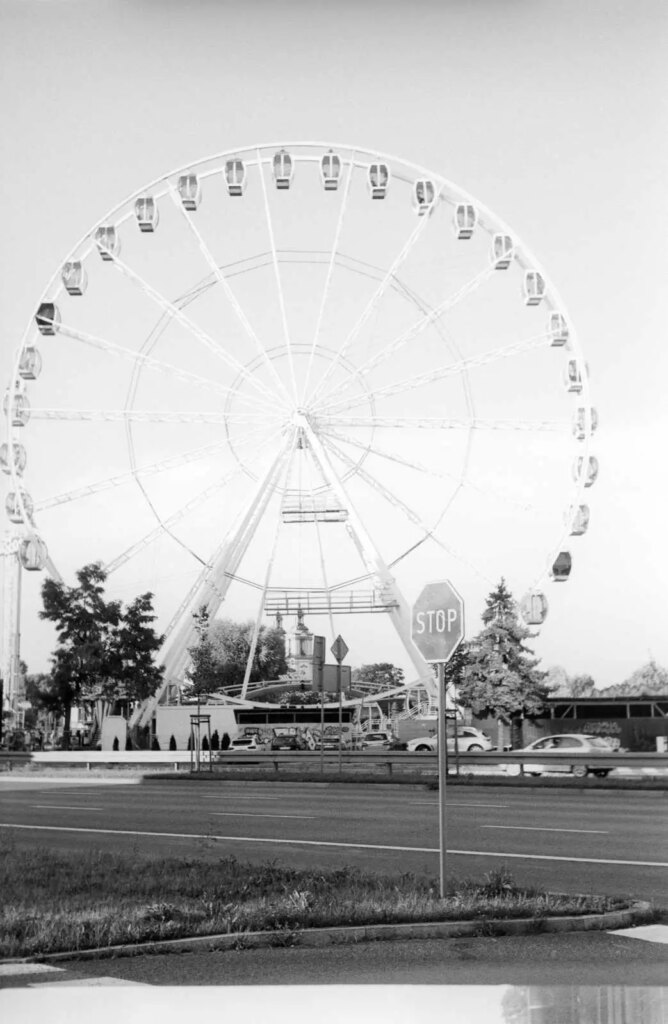
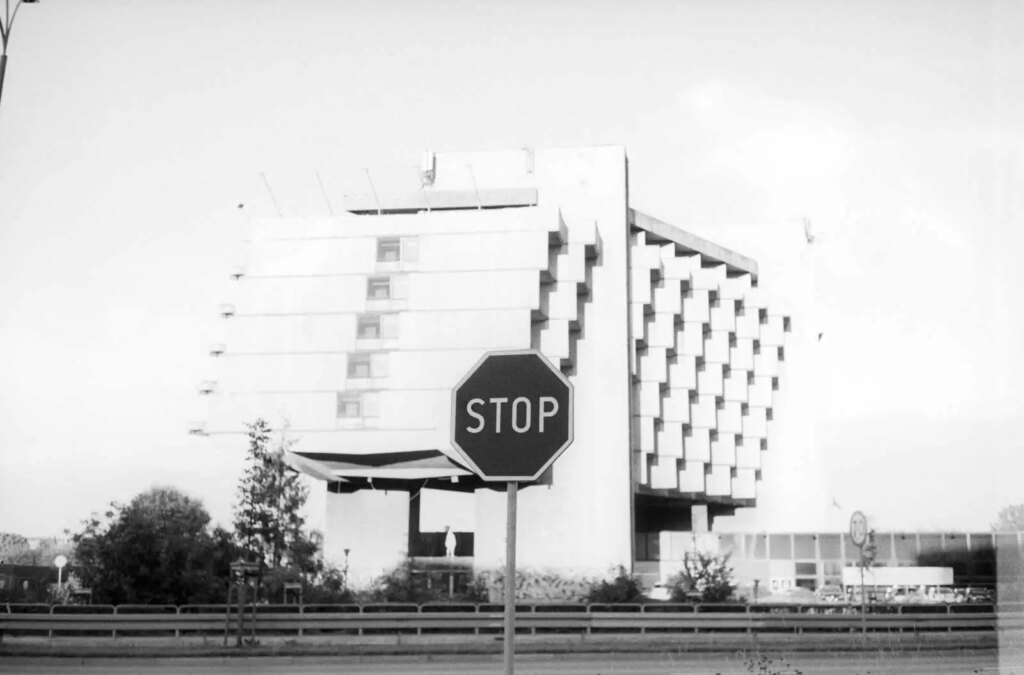
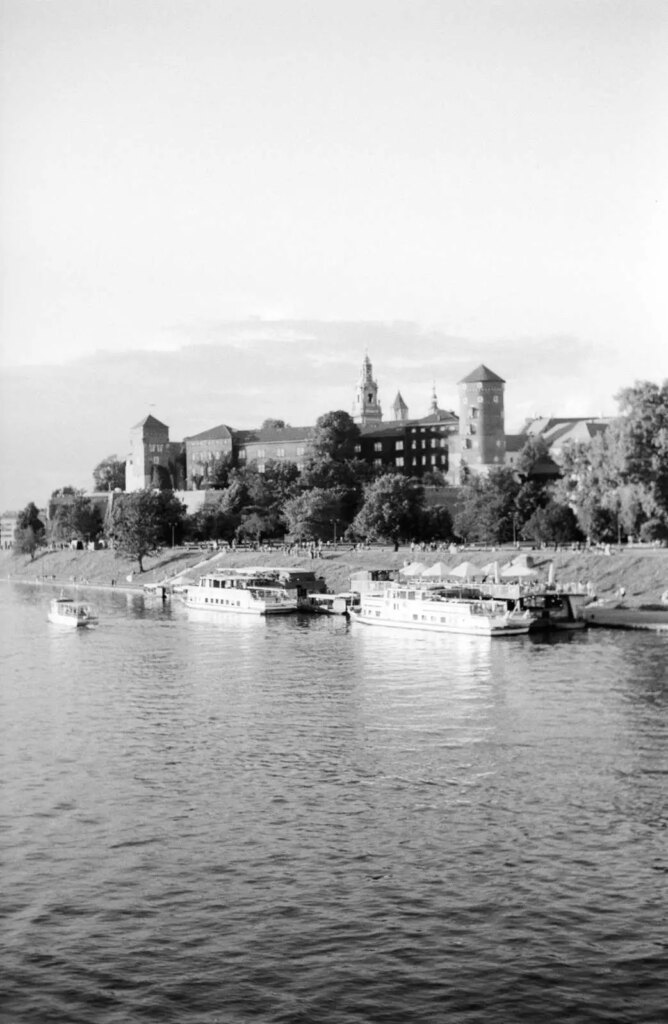
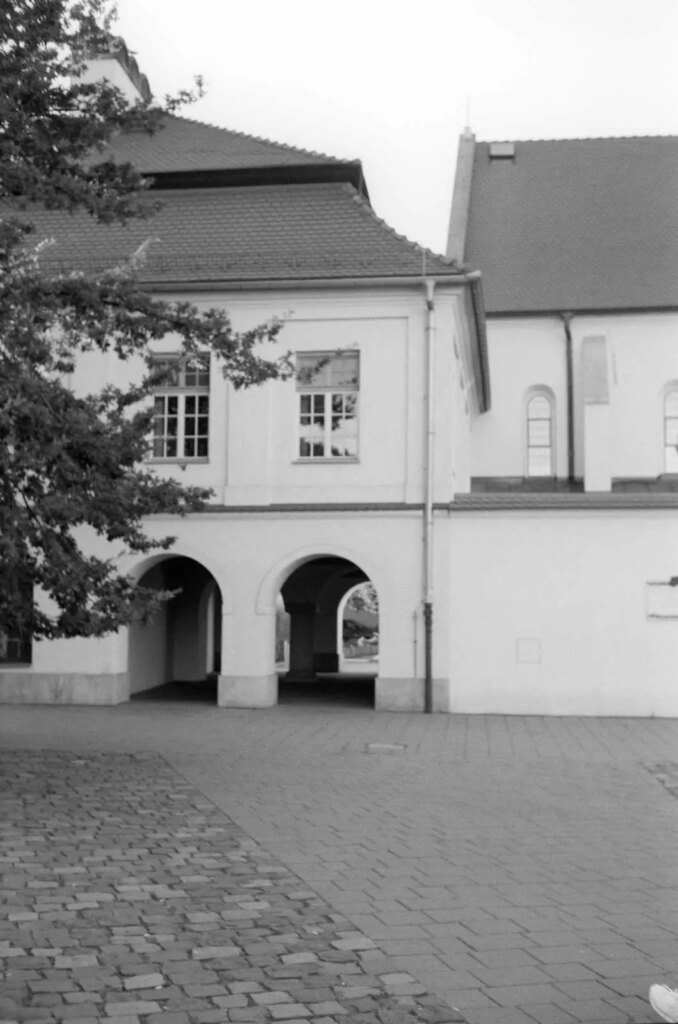
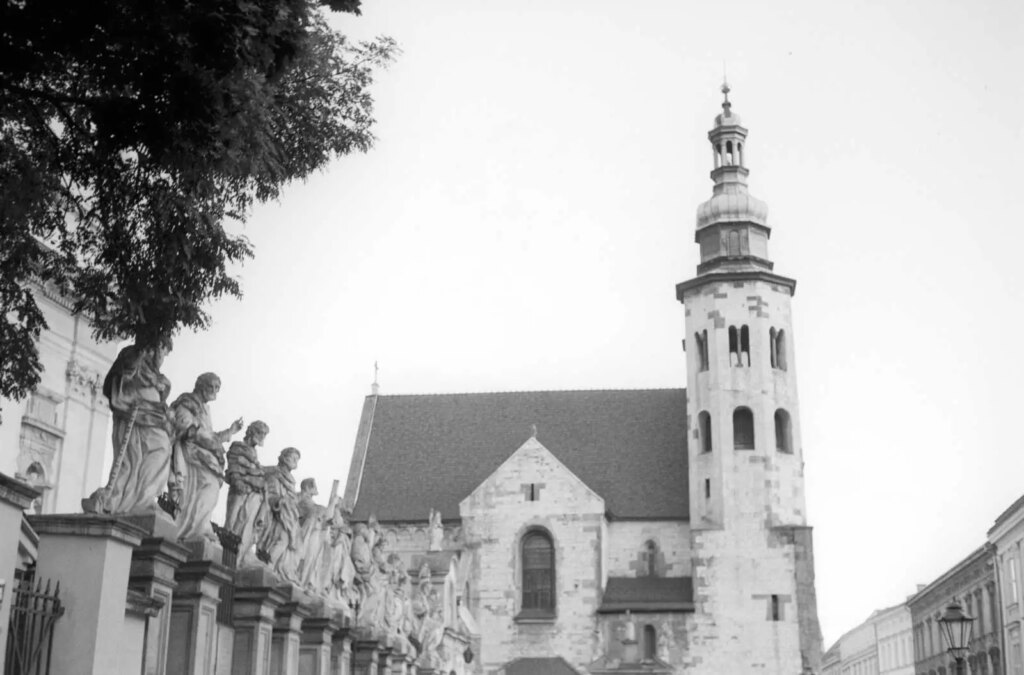
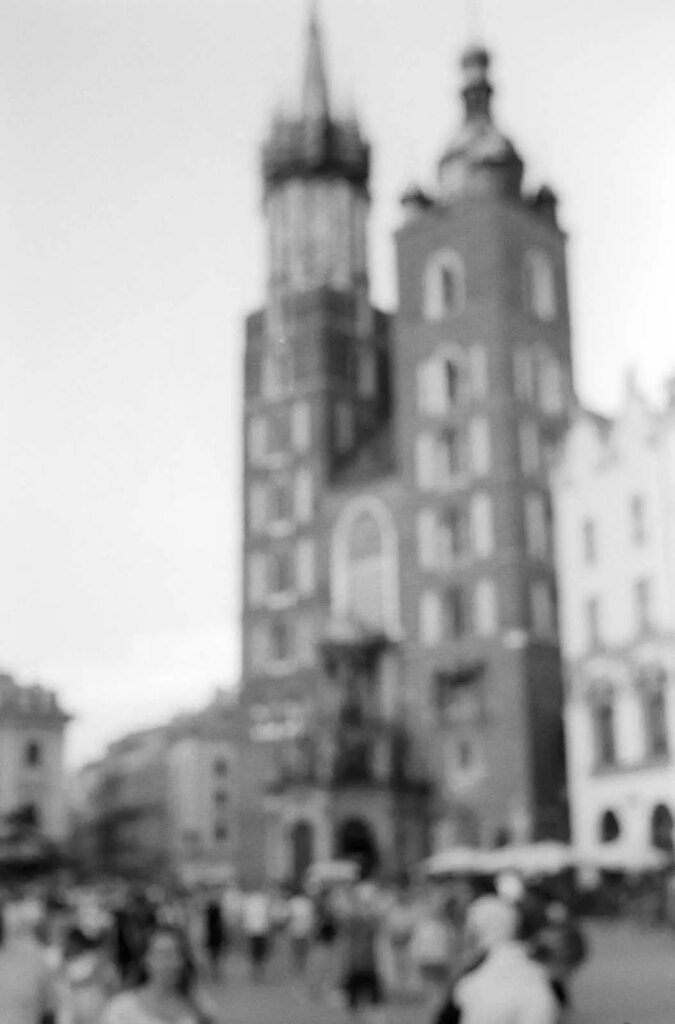
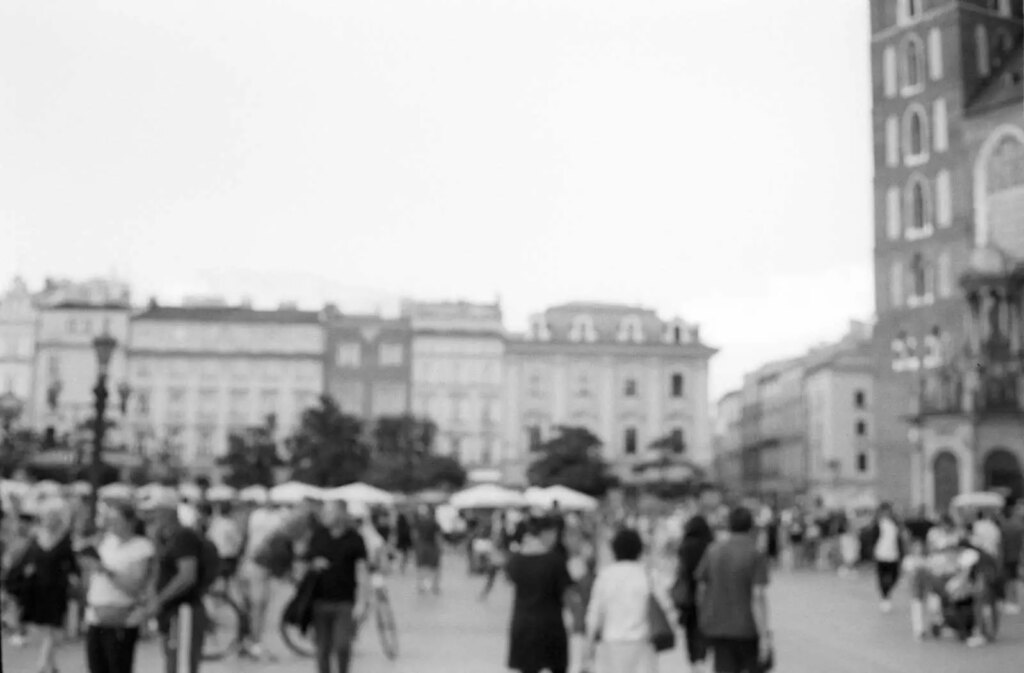
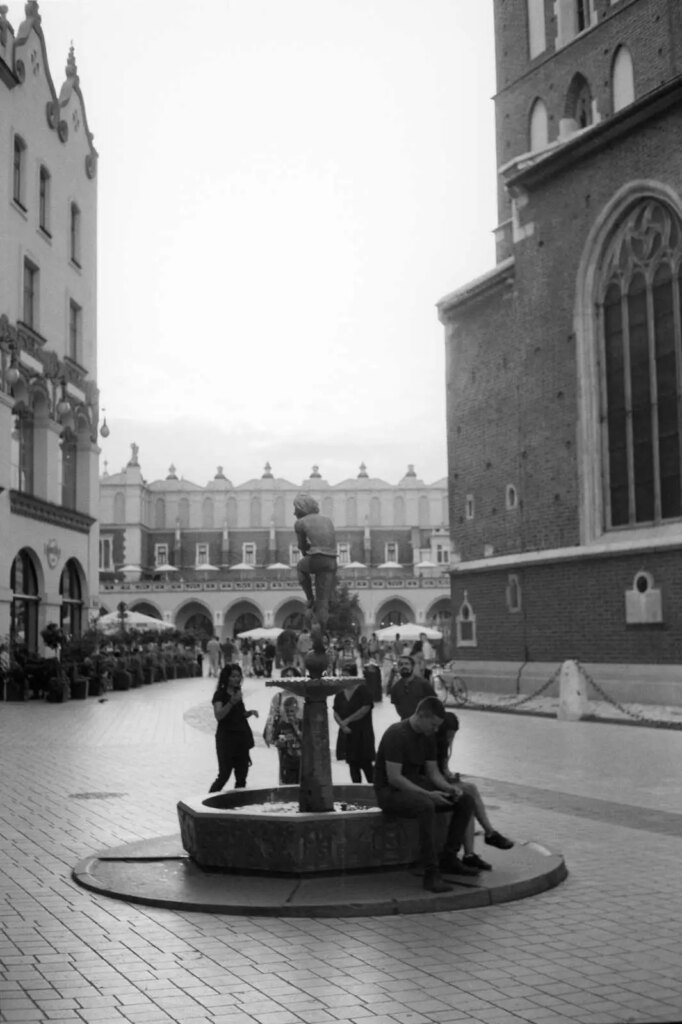
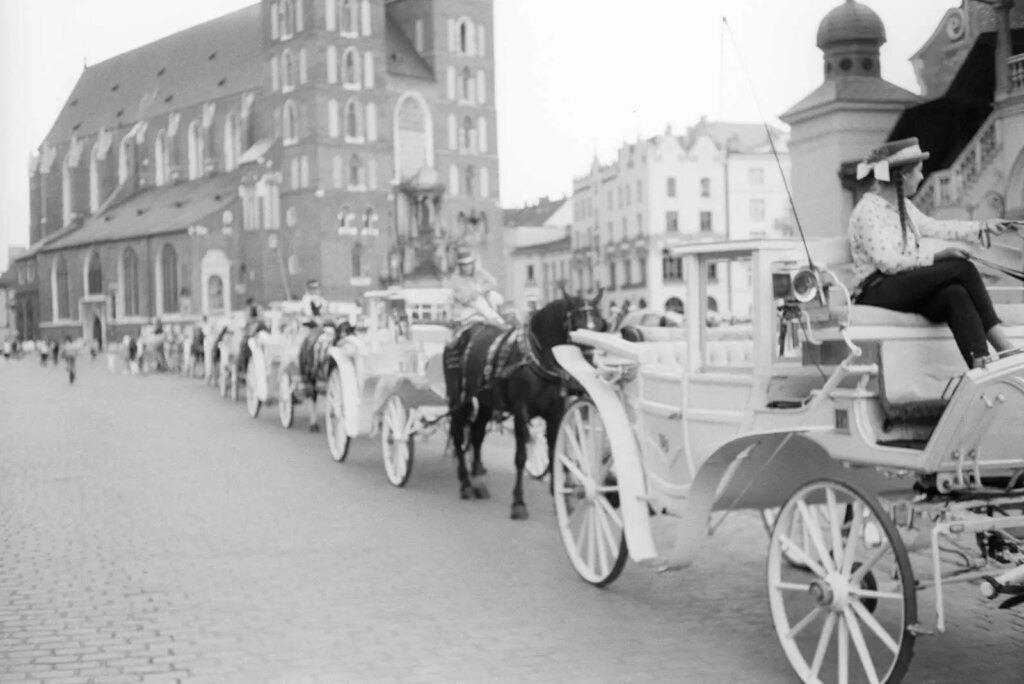
That’s it for the Canonet’s time in Poland’s old capital. It didn’t get to see much more than the heart of the city, so there’s more to explore if its travels bring it here again.
Stephen
Stephen writes: I have lived in Roetgen, Germany for five years now and enjoy the countryside and the close proximity of three bordering countries, with their different people, languages and culture. For many years I have had an interest in photography. My Father and I developed and printed from his Rolleiflex and Contaflex from when I was a small child. I still have the same cameras and use them sometimes.
I was quite impressed with the quality of the Canonet, much better than I expected, and the photo quality is good too. I have enjoyed taking part. Although there seemed like a long wait to get my hands on the camera, that is understandable knowing its travels!
Frames 22-27
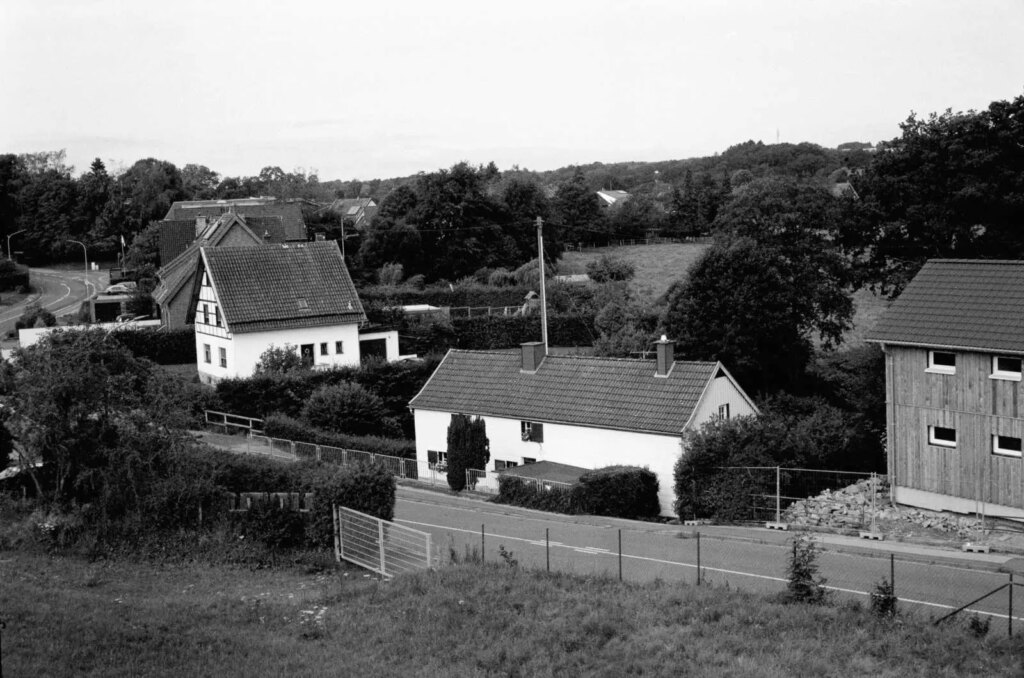
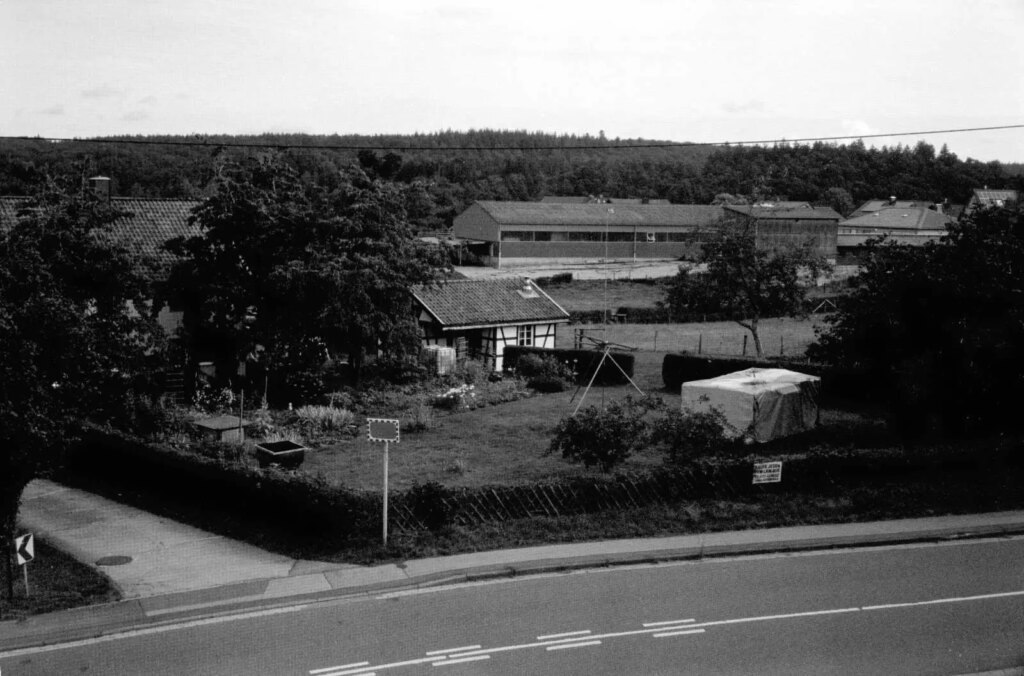
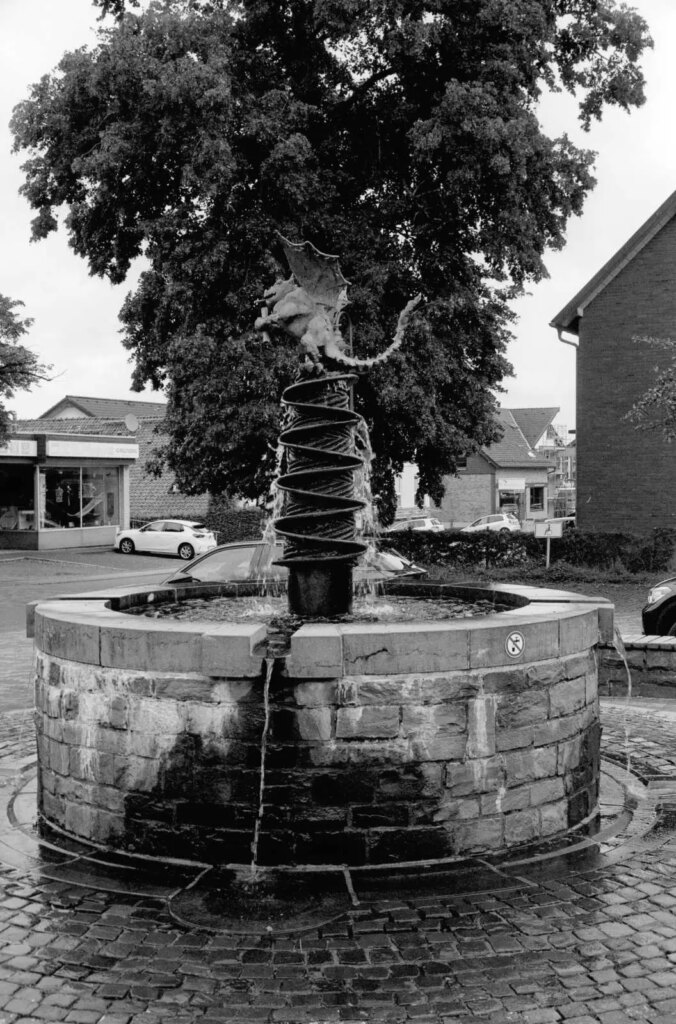
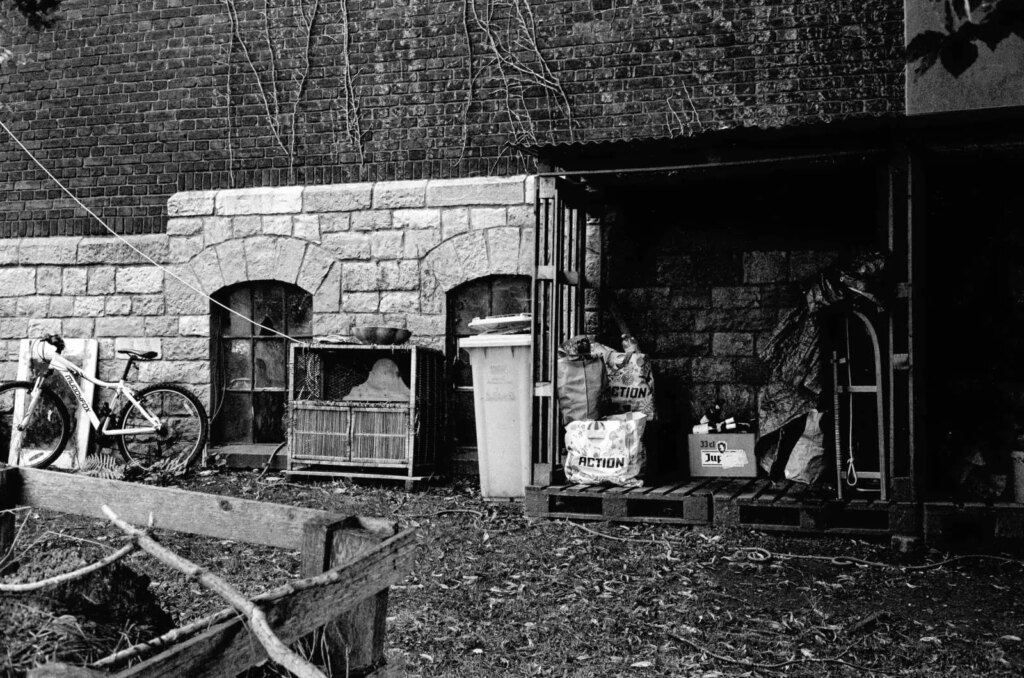
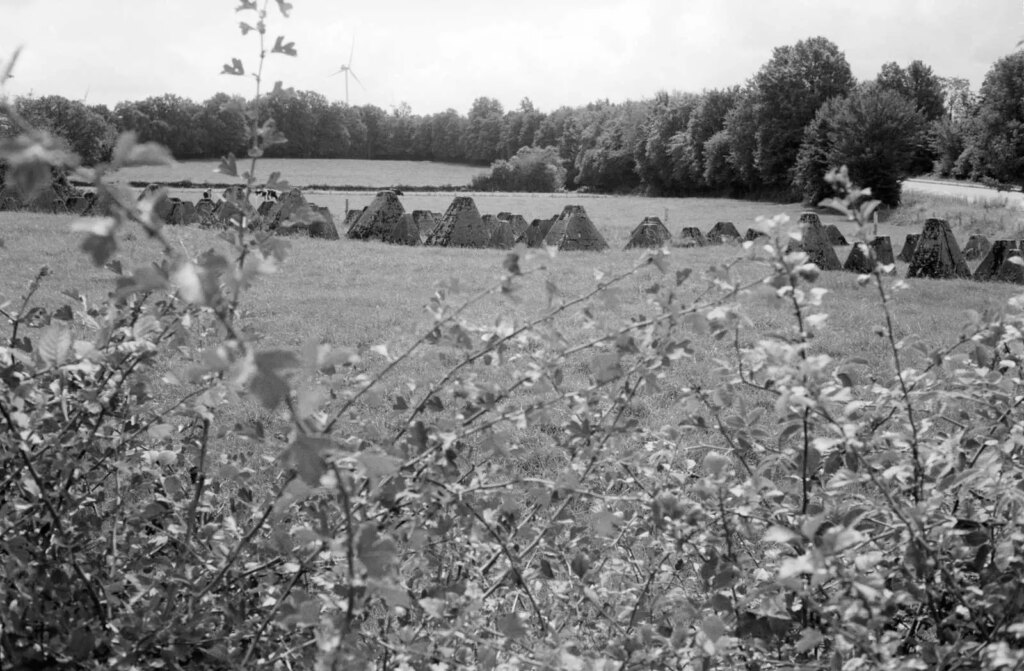
Matthias
Matthias writes: I had forgotten entirely about the travelling Canonet, so you can imagine my surprise when I found a mail in my electronic inbox. A few days later, when I came home from work, I found a package on my doorstep. The Canonet had arrived! Together with some encouraging words from previous participants, warnings about its quirks, and a fresh roll of film.
The next day was sunny, so I took the Canonet for a walk on one of my usual routes: Along the shore of Lake Starnberg and up the castle hill towards St. Josef church. That route provides a good overview from a tourist point of view, and it shows a bit of my view of where I live.
Shooting with the Canonet went smoothly. Mostly. I used a Nikon F4 that I had with me as a light meter and I set the aperture and shutter speed on the Canonet manually. Focusing based on the focus patch in the viewfinder was easy, but, as it turned out later, the wrong choice. The focus patch had drifted out of calibration. It was fun nonetheless, and the advance lever on the bottom is a breath of fresh air compared to the other cameras that I usually use.
The film in the camera was already near the end when I got it, so I thought I should just fill it up and send the Canonet on with a fresh roll of film in it. While I clicked away, it felt like the roll did not want to end. Thus, I ended up with 8 frames instead of the expected 5-6. Over the next few days, the roll ended up in my development tank, went through the scanner in my home office, and now rests neatly tucked away in a folder in my living room. The Canonet is probably in the hands of the next participant now. Or the one after. Am I going to miss it? Would I do it again? Absolutely.
Frames 28-35
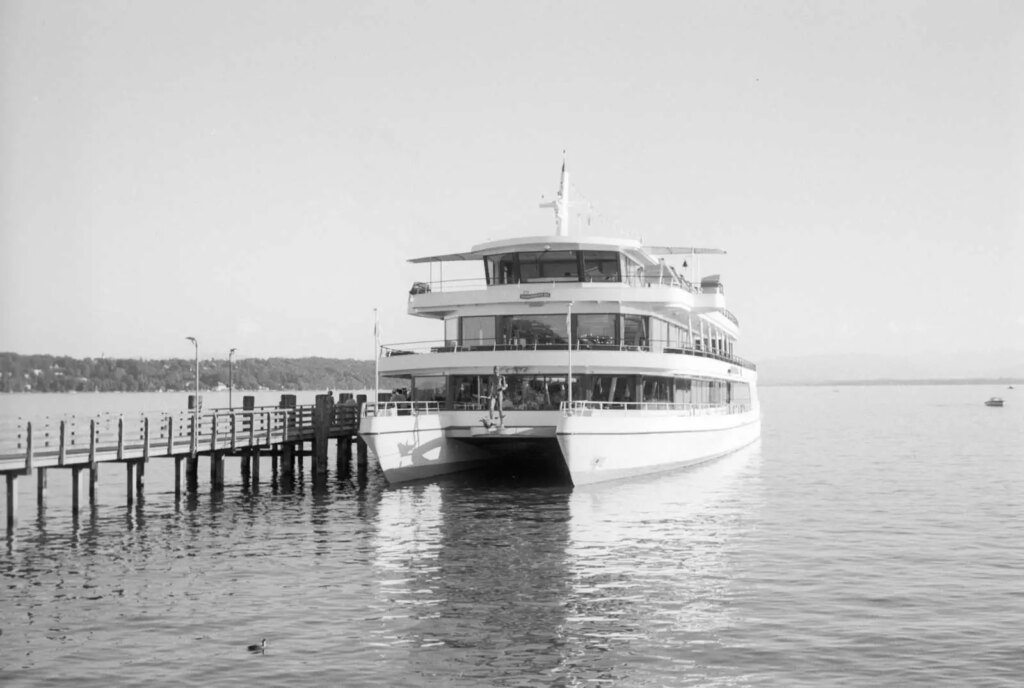
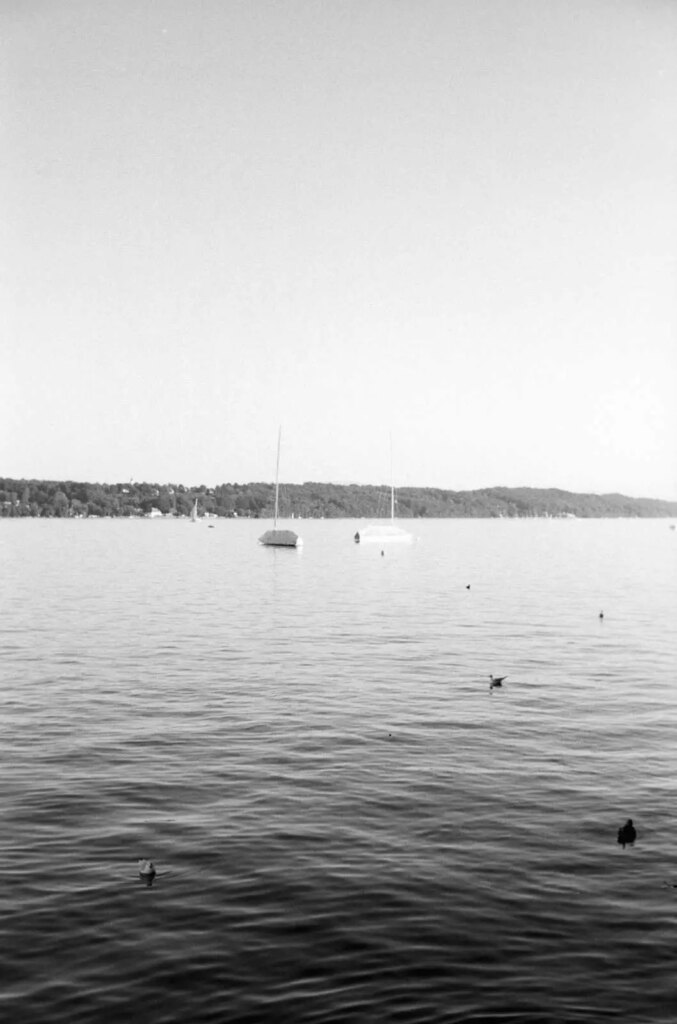
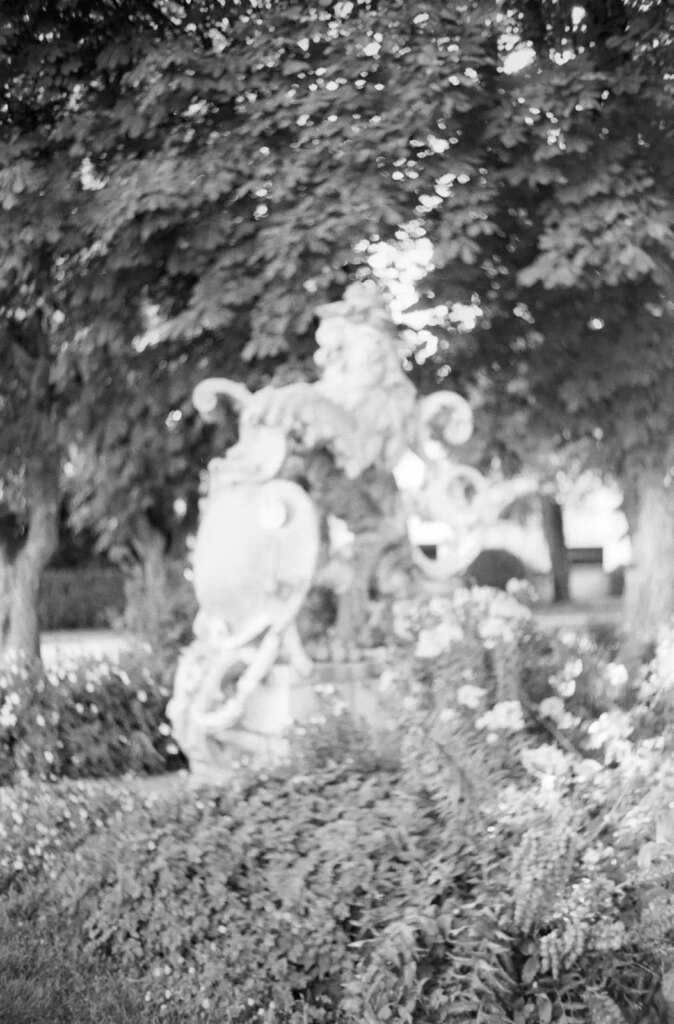
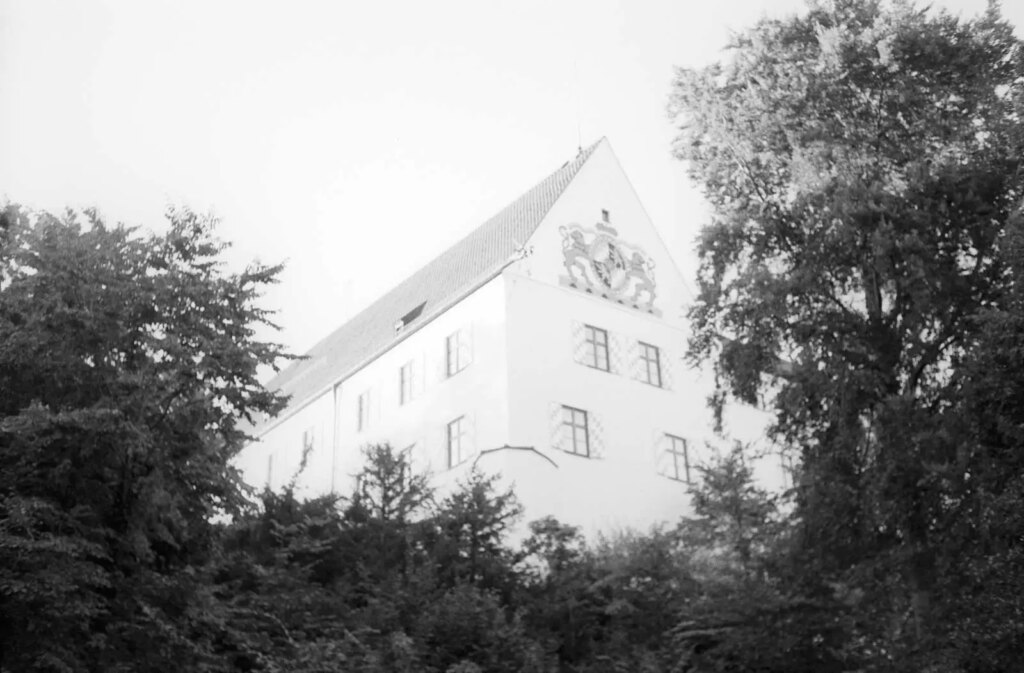
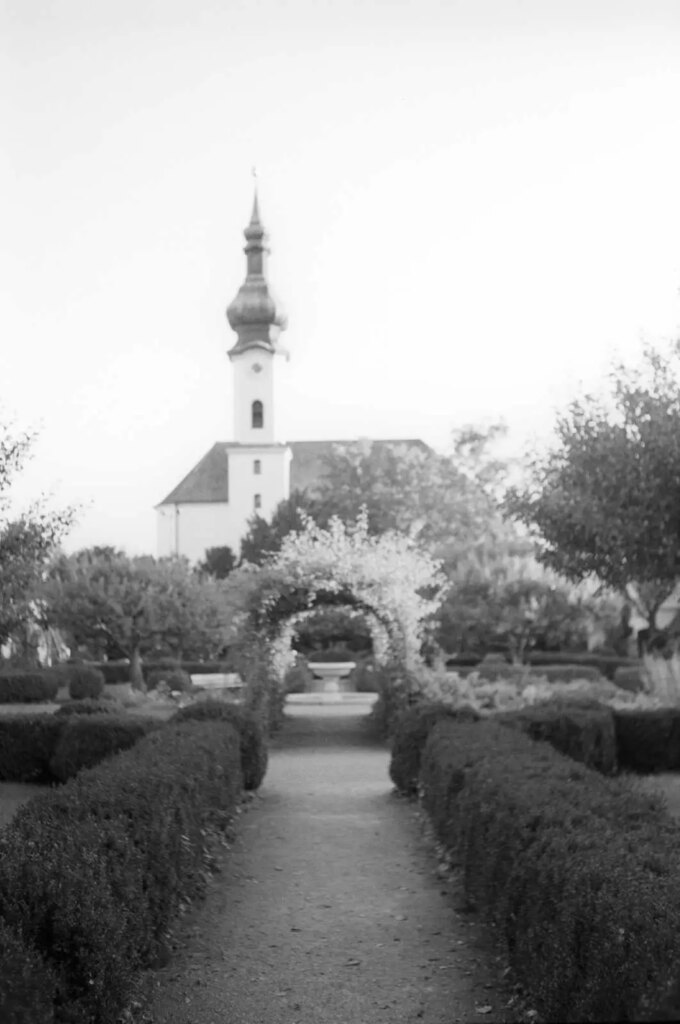
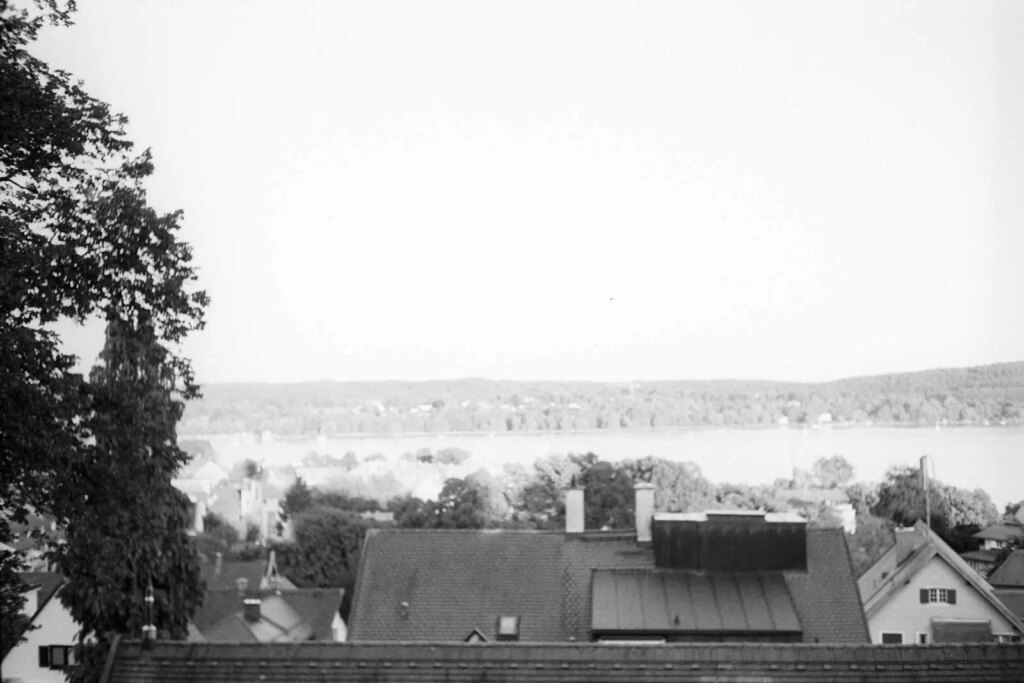
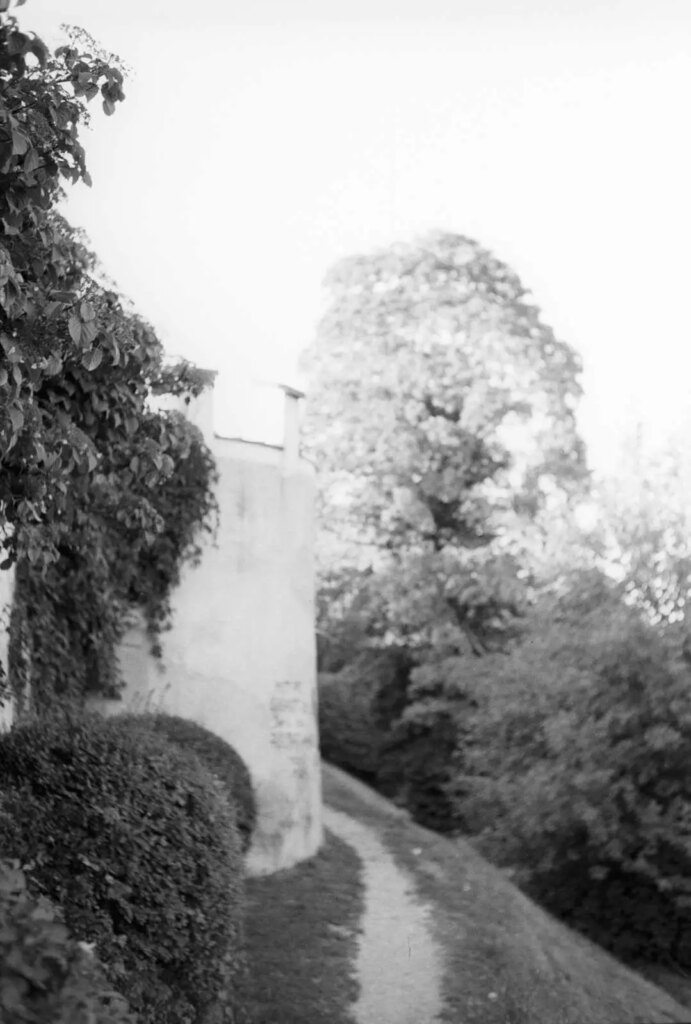
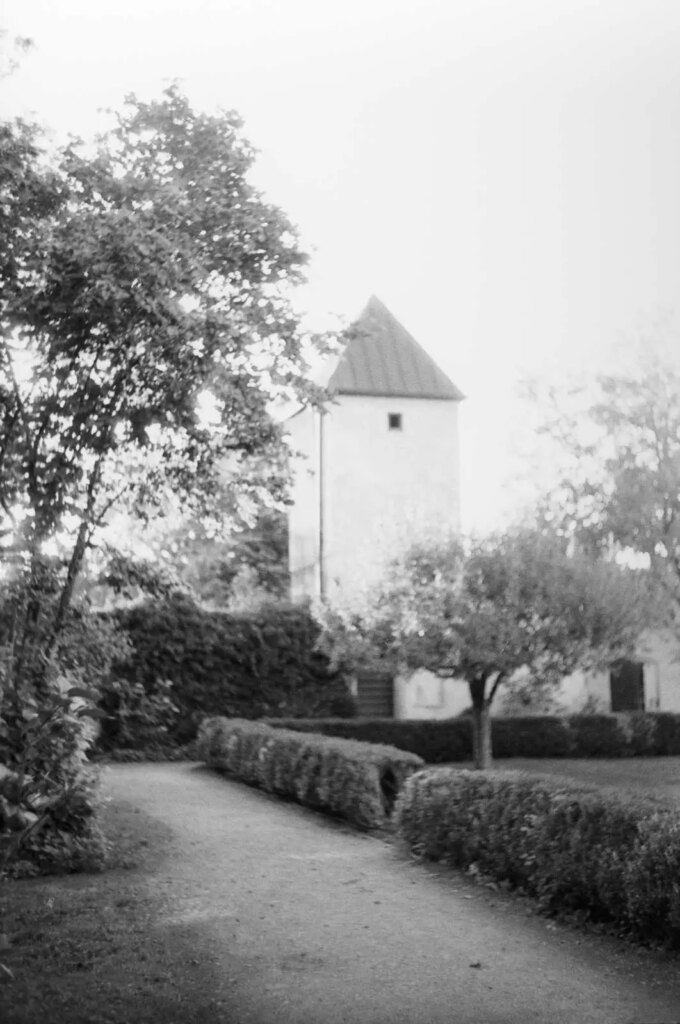
Thanks
Thanks to all five contributors.
While the Canonet seems to be holding out quite well, there are some reports of focusing issues and rangefinder alignment. I also get the impression that the whole ‘package’ and accompanying documentation is being augmented by participants along the way – Truly a community project!
Share this post:
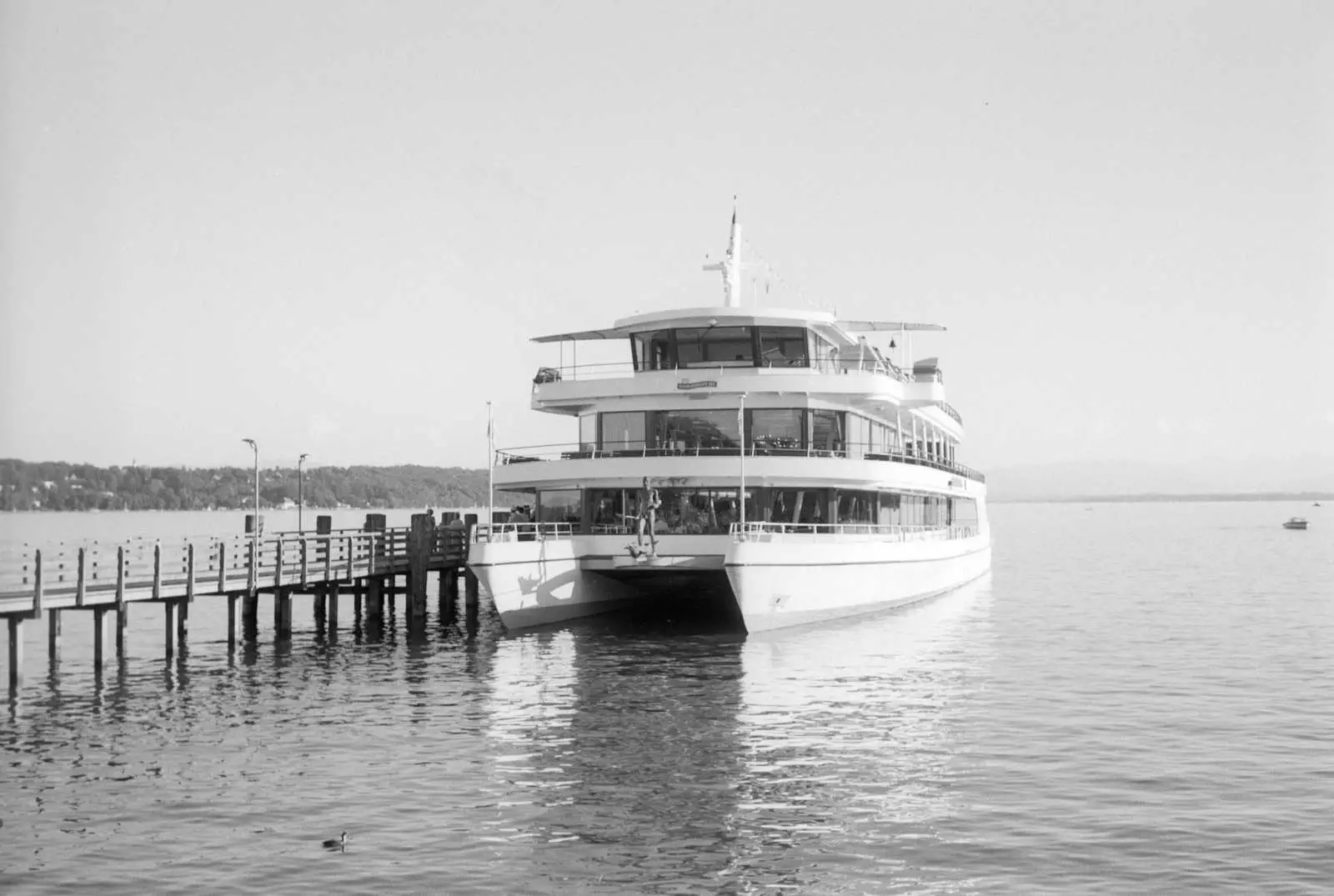








Comments
Jeremy on Travelling from Tysvær to Lake Starnberg – Roll #4 from the Original Canonet
Comment posted: 17/10/2023
Alexander Seidler on Travelling from Tysvær to Lake Starnberg – Roll #4 from the Original Canonet
Comment posted: 20/10/2023